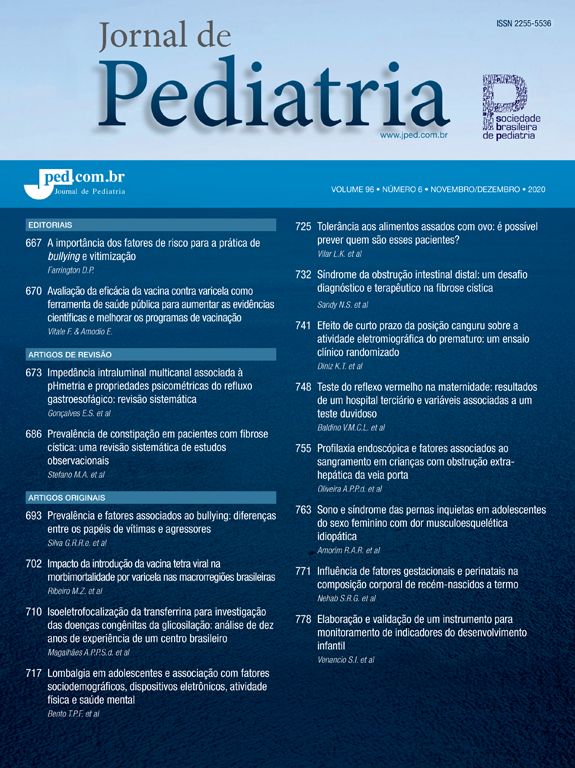This is a randomized, prospective, controlled study to compare the efficacy of single versus double halogen phototherapy in high risk patients admitted to a newborn intensive care unit. Eighty patients were allocated to receive single (N=43) or double (N=37) phototherapy. The groups were similar in clinical and laboratory characteristics. Total serum bilirubin (SB), hematocrit and total serum protein were assessed by microanalysis prior to the beginning of the study and at 6, 12, 18 and 24 hours of treatment. The percent decline of SB was significantly higher in the double phototherapy group. This difference is first noted at 12h of treatment (10% vs 1.8%, p< 0.01) and is acentuated at the end of the study (19.4% vs 1.6%, p< 0.0001). Weight loss, variations in the hematocrit and total serum protein were similar in both groups. Cutaneous rash and temperature instability were not noted among the patients studied. Our results demonstrate that double phototherapy is more efficient than single phototherapy in treating hyperbilirubinemia in high risk newborn infants.
O fator de impacto mede o número médio de citações recebidas em um ano por trabalhos publicados na revista durante os dois anos anteriores.
© Clarivate Analytics, Journal Citation Reports 2025
O CiteScore mede as citações médias recebidas por documento publicado. Mais informação
Ver maisSJR é uma métrica de prestígio baseada na idéia de que todas as citações não são iguais. SJR utiliza um algoritmo similar ao page rank do Google; é uma medida quantitativa e qualitativa ao impacto de uma publicação.
Ver maisSNIP permite comparar o impacto de revistas de diferentes campos temáticos, corrigindo as diferenças na probabilidade de ser citado que existe entre revistas de distintas matérias.
Ver mais







